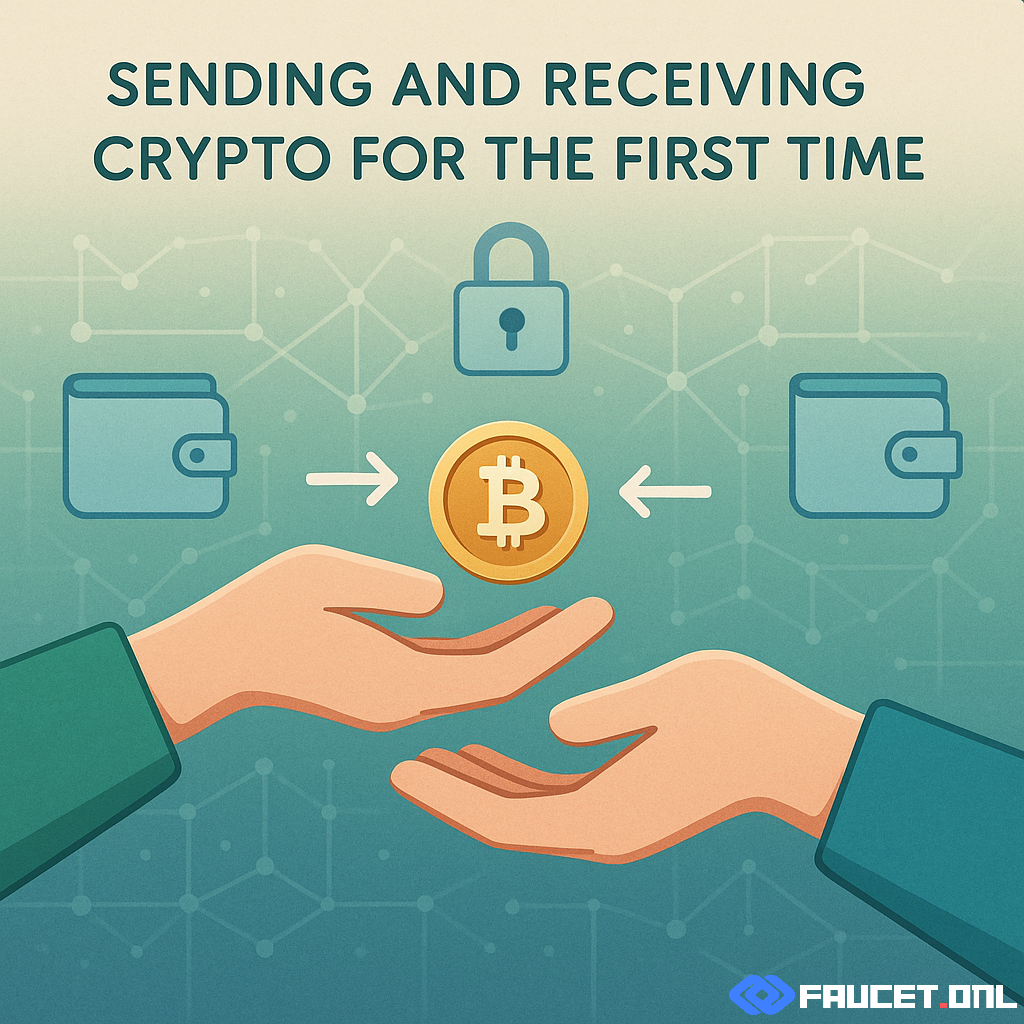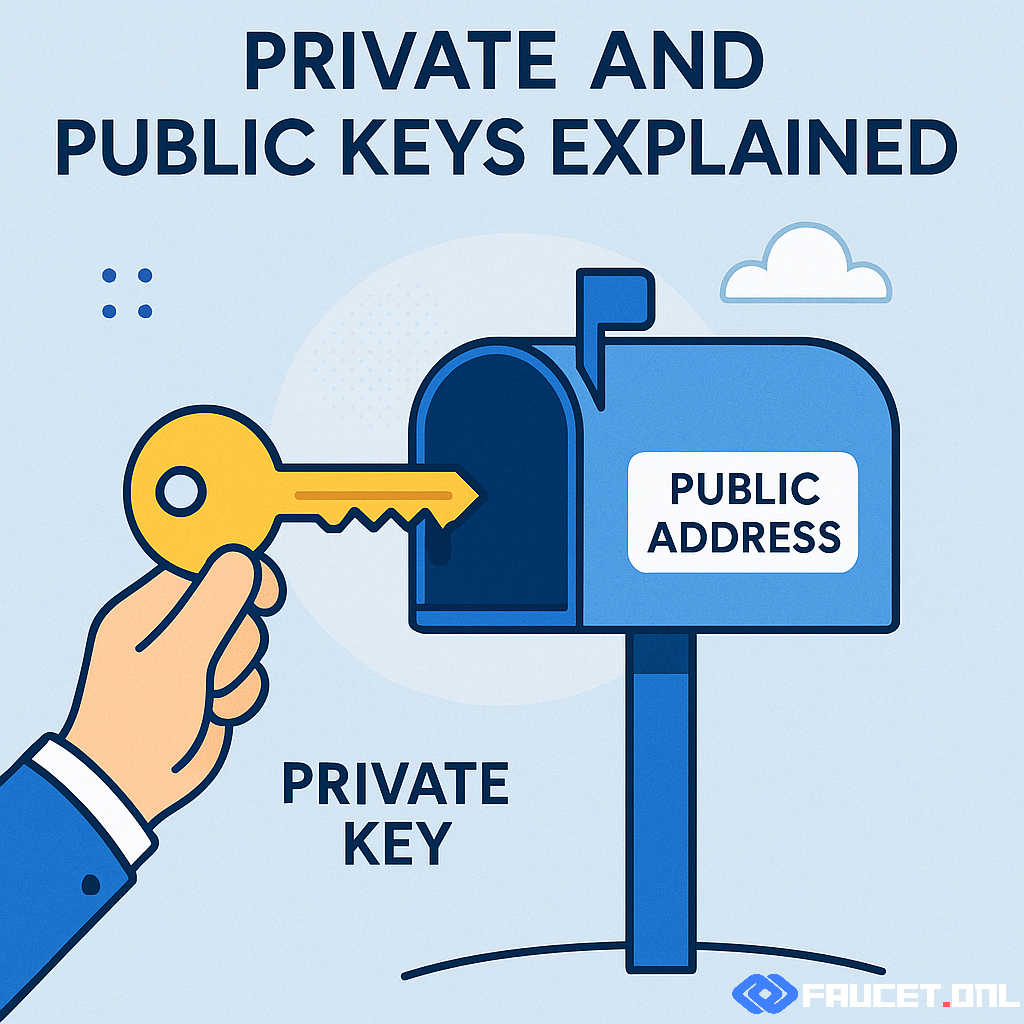How Transactions Work: Understanding the Basics
Cryptocurrency transactions involve transferring digital assets from one wallet to another using blockchain technology. Each transaction is verified by the network and recorded on the blockchain, ensuring transparency and security. To send crypto, you need the recipient’s public address, and to receive, you provide your own public address. Private keys sign transactions, proving ownership and authorization without exposing sensitive information.
Step-by-Step Guide: Your First Crypto Transaction
1. Prepare Your Wallet
Make sure you have a wallet set up with funds available to send. Whether it’s a software, hardware, or mobile wallet, ensure it’s updated and secure.
2. Get the Recipient’s Public Address
Ask the person you want to send crypto to for their public wallet address. Double-check this address carefully—sending to the wrong address means permanent loss.
3. Initiate the Send Transaction
In your wallet, choose the option to send crypto. Paste the recipient’s public address, enter the amount to send, and confirm the transaction details.
4. Review and Confirm
Always review the recipient’s address and amount one last time. Confirm the transaction and enter any required authentication like a password or 2FA code.
5. Wait for Confirmation
The transaction will be processed by the blockchain network. Depending on the cryptocurrency, confirmations can take from seconds to several minutes.
6. Verify Receipt
Ask the recipient to confirm they received the crypto or check your wallet’s transaction history to ensure it was sent successfully.
Common Errors: What to Avoid
- Sending to an incorrect or mistyped address — always copy-paste and verify.
- Trying to send more funds than your wallet balance.
- Ignoring transaction fees, which vary by network and affect speed.
- Not waiting for sufficient blockchain confirmations before assuming the transaction is complete.
- Sharing private keys or sensitive wallet information.
Safety Tips: Protect Your First Transactions
- Use two-factor authentication (2FA) for wallet access.
- Confirm recipient addresses carefully, especially when copying QR codes or links.
- Start with small amounts for your first transactions to minimize risk.
- Keep your device secure and free from malware.
- Backup your wallet’s recovery phrase safely offline before transacting.
Next Steps: Growing Your Crypto Confidence
After successfully sending and receiving crypto, you’re ready to explore more advanced features like exchanging tokens, using decentralized finance (DeFi) apps, or managing multiple wallets. Always keep security and caution as your top priorities. Learning and practicing regularly will build your confidence and help you safely navigate the evolving crypto space.



